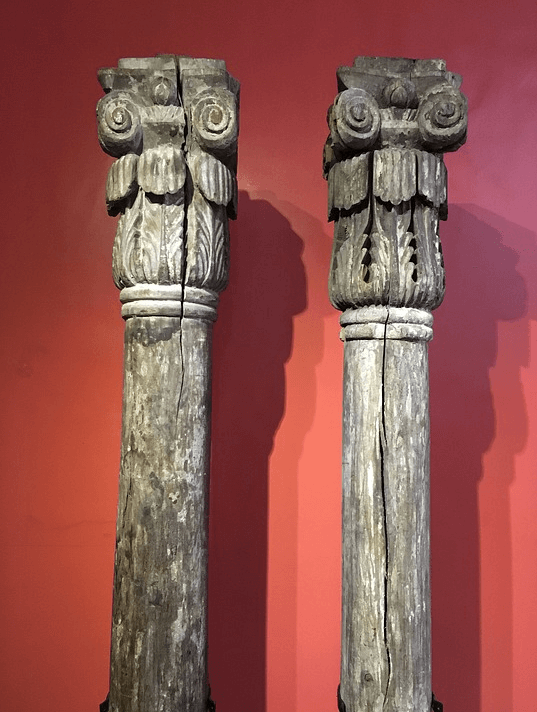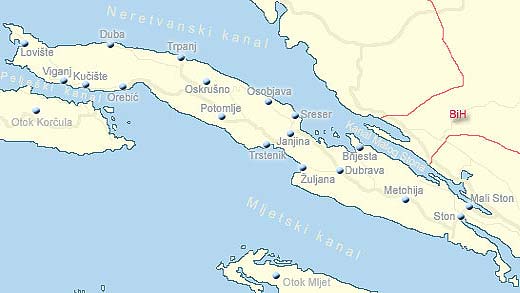Cultural tourism Peljesac
Cultural tourism and cultural experiences attract travelers searching for authentic cultural attractions, heritage sites, museums, and unique cultural tours. With the option of online booking, visitors can easily plan journeys full of art, history, and local traditions. Discover fascinating stories, explore crafts, and connect with diverse cultures through guided tours, exhibitions, and workshops. Whether you seek inspiration, education, or unforgettable memories, cultural tourism offers enriching adventures for every traveler. Start your cultural travel today and unlock a world of timeless beauty and creativity.
Cultural tourism Peljesac FAQ
Along with the Istrian peninsula, the Peljesac peninsula is one of the largest on the Adriatic coast. It stretches from the isthmus of Ston all the way to Cape Lovista in the northwest and it is 65km long. Some of its larger towns are Ston, Brijesta, Trpanj, Viganj, and Orebic. The Peljesac peninsula's mountains are known hunting grounds for mouflons. Its inhabitants mostly make their living off of tourism, wine-growing-manufacturing dingac wine in the wine cellars of Potomja and Ston, as well as stockbreeding and fishing. It is also known for its salt-works and cultivating seashells. Peljesac is a charming place thanks to its many historical churches, exquisite royal villas as well as its delicious first class wines.
Stretching along the isthmus, which connects Peljesac to the mainland, are fortress walls which were built by the Republic and served to prevent access to the peninsula. These walls were built by the same architects and contractors who raised Dubrovnik's fortress walls: Michelozzo Miichelozzi, Juraj Dalmatinac and Onofrio Della Cava.
Orebic is a small city and the most well-known located on the...
Tourist offers Peljesac
Gastronomy Peljesac
Health Tourism Peljesac
Active Tourism Peljesac
Culture Tourism Peljesac
Nightlife Peljesac
Transfers Peljesac
Events and entertainment Peljesac
Excursions Peljesac
Hotels in Peljesac
Private accommodations in Peljesac
Tourist resorts in Peljesac
Holiday houses in Peljesac
Villas with Pool in Peljesac
Camps, mobile homes in Peljesac
Boat rental in Peljesac
Farm holidays in Peljesac
Hostel in Peljesac
Cultural tourism Peljesac Offer

































 Professional serivce
Professional serivce Quality tourist service
Quality tourist service 14 years in business
14 years in business A large number of satisfied guests
A large number of satisfied guests